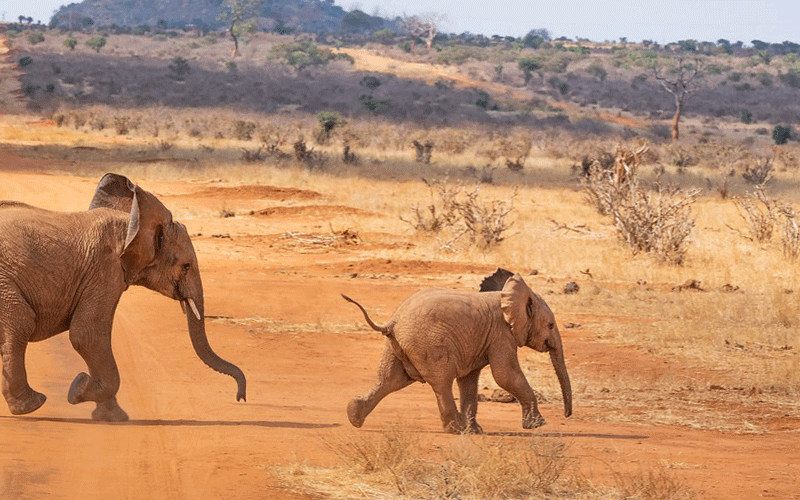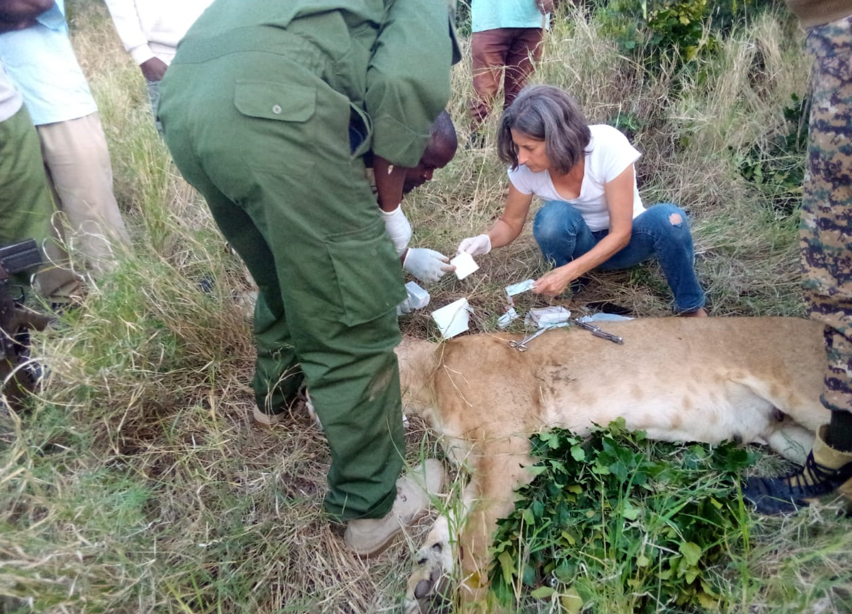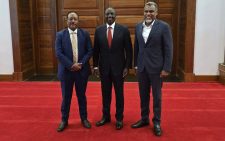Conservancies here to stay

Milliam Murigi @Millymur1
In a world where ecosystems are being destroyed, heralding the disappearance of nature and diminishing wildlife, Northern Kenya has remained vibrant.
In this land of rolling plains and acacia, you will find the second-largest elephant population in Kenya, the reticulated giraffe and the endangered Grevy’s Zebra and the African wild dog amid diverse flora and fauna.
The pastoralist communities’ way of life has mostly supported the thriving wildlife.
But with growing populations and competing land uses, the future of the region’s wildlife largely depends on the purposeful protection of its inhabitants.
Close to 70 per cent of the wildlife in East Africa are found outside state-protected reserves and parks.
Most recently, the rugged landscape has served to pioneer the community conservancy model, something that is celebrated in some quarters and misunderstood in others.
Daniel Letoiye, Northern Rangelands Trust (NRT) Sustainability Director, says investing in communities to conserve wildlife is the only way to have a long-lasting solution on human-wildlife conflict.
NRT is a community conservancy membership organisation with an aim to transform people’s lives, secure peace and conserve natural resources.
Business development
“Community conservancy is an innovative model where communities try to co-exist with wildlife.
It gives indigenous communities a framework and right incentives to protect wildlife they share the landscape with, to manage range lands and fisheries in a more sustainable way and to improve community peace and security,” said Daniel at a recent webinar titled Investing In Communities To Conserve Our Wildlife Heritage, the case of Northern Kenya.
He adds that the model has helped the community translocate and restore wildlife sites, mitigate human-wildlife conflict, strengthened community-conservation authority relationships and provided international best practice input into local conservation.
The model also provides a vehicle for business development; helping to diversify and boost economies in some of Kenya’s most marginalised areas.
Digital platforms
Daniel reveals that the model has helped increase tourism revenue for conservancies, with 2018 being the best year where they registered a 31 per cent increase from 2017 to Sh86 million.
Another impact, he says, is that 885 acres of destructive acacia were cleared, resulting in a 15 per cent annual hirola antelope population growth in Ishaqbini.
Additionally, for the same year, only three elephants were poached in the NRT centre landscape, the lowest number since records began.
Since money collected in conservancies is shared among members, Daniel says about 71,000 people benefitted from livelihoods projects in 2018, with 2,335 head of cattle’s bought from 1,175 sellers via livestock works.
“In most conservancies, about 60 per cent of gross income is put toward development projects such as increasing access to water or improving roads. This is a plus to the community and hence, a positive outcome,” he adds.
Tom Lolosoli, manager Kalama Community Conservancy, says the model has been embraced in Northern Kenya because it is a resilient community land use policy for conservation that uplifts livelihoods.
He adds that it has improved security and harmony in the communities because of peace building initiatives.
“Conservancy members know the more wildlife they have, the more tourists they can attract and conservancies has helped to maintain healthy wildlife populations and ensure there is increase in numbers and diversity of species,” says Lolosoli.
However, with Covid-19, there has been a drop in tourism, and conservancies have been hit hard.
But according to Tom Letiwa, Manager Namunyak Community Conservancy in Baragoi, because of experience and investments made over the years, they are pursuing creative solutions to these challenges
“NRT’s support has provided alternative livestock markets, rangers are working 24/7 to ensure security of people, livestock and wildlife.
There has been creation of awareness on preventive measures via digital platforms, particularly WhatsApp meetings and youth sports and microcredit projects promotion.
All these have ensured our efforts haven’t gone to waste,” says Letiwa
He adds that though demand for bush meat is growing and poaching has increased, only a few conservancies have been affected due to improved monitoring and security operations.
“Conservancies are the ideal local institutions that provide solutions to their local problems hence building community resilience,” Letiwa adds.
Since with climate change and shifting land-use, saving wildlife habitats is complex, Daniel says conservancies are now adopting measures such as planned grazing, grass harvesting to ensure communities don’t struggle in balancing between conservancy work, their livelihoods.













